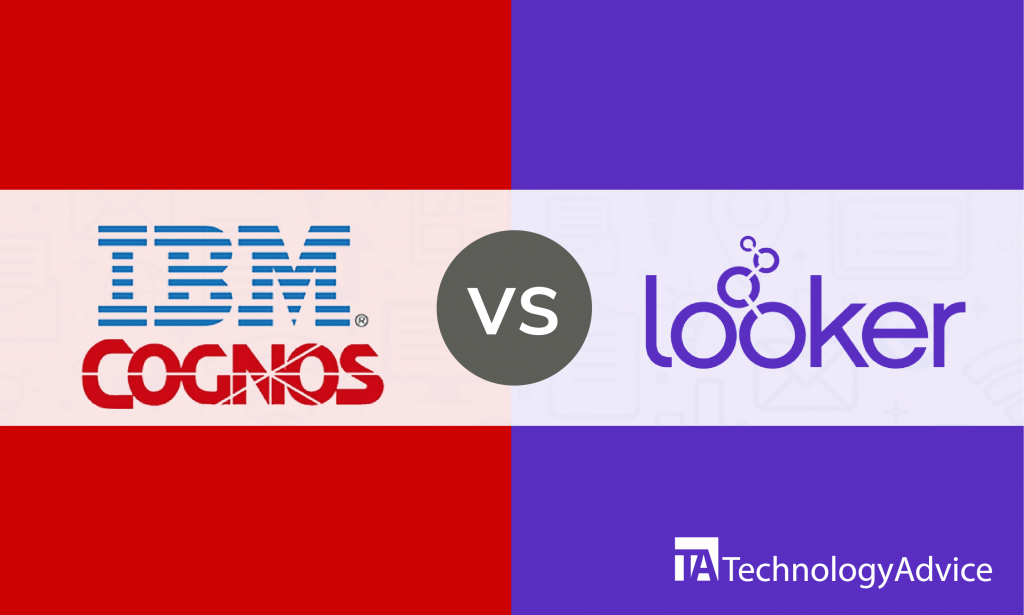Businesses yield data everyday, which can be used as bases for making important business decisions. Thanks to business intelligence (BI) software, data can be transformed into useful business insights. These software solutions offer users a set of tools that retrieves, analyzes, and transforms data, which can help make decisions faster. Since the birth of BI software products, companies have been able to generate and compile large-scale business data through data visualization, warehousing, reporting, and dashboards. Businesses are able to make market trends and purchasing patterns, which help them to better understand their customers, forecast revenue, and defend themselves from business pitfalls.
We’ll look at two popular BI software solutions: Power BI vs. Yellowfin BI. We compare them based on their features, pricing models, and integrations to help you make a wise decision for your business. Feel free to use our Product Selection Tool to receive 5 software recommendations from our Technology Advisors that suit your business needs. It’s free and easy-to-use.
Power BI vs. Yellowfin BI: An overview
Power BI is a web-based software product that is designed to retrieve and analyze business data to be used as a base for making business decisions. Its rich visualization makes it easy to understand data and turn it into useful insights. Users can use the online Power BI service’s drag-and-drop tools to share and publish data with other users. Power BI can be used to monitor key data, access and interact with data from mobile devices, share dashboards, and embed visual reports into applications. It gives users the power to have a 360-degree view of their business that’s updated in real-time and contains all data metrics in one platform.
Yellowfin BI is designed for businesses of all sizes to help users make use of business data. It provides real-time data at light speed and lets users filter the results to get only the specific information they need. Yellowfin BI features numerous dashboards but still allows users to view and analyze data in the same browser. Users can share data with others through reports, wiki embed, and email. The software has its own mobile version that works seamlessly with the desktop version, allowing users to access data anywhere and set up notifications via email for any event.
Power BI vs. Yellowfin BI: A comparison of features
Power BI’s features let users easily make decisions on their business:
- Content packs: Power BI comes with content packs, which provide dashboard reports, embedded queries, and data models. These are now commonly used by various applications such as QuickBooks.
- Industry-leading AI: With the use of Artificial Intelligence (AI), even non-data scientists can prepare data and utilize both unstructured and structured data.
- Text analysis: Power BI covers social media and takes both positive and negative sentiments and provides insights to businesses on these.
- Natural Language and Q&A: Power BI lets users write questions and provides answers. Being one of the most important tools of Power BI, the questions and answers can be manipulated to suit the users’ visual needs.
- Smart visualizations: Users can use guided analysis and advanced data visualization techniques that make data and result presentations more convincing.
Yellowfin BI has the following features:
- Reports: Yellowfin BI has a report interface that can be used for self-service and standard reports, which are easy to use and intuitive. Users can take advantage of different graph and chart formats and score cards that can be used to track KPI’s.
- Data modeling and blending: Users of Yellowfin BI can filter data in a report through auto-modeled or predefined parameters. They can also combine data from different sources to make a functioning dataset.
- Self-service: Users can calculate new field values by using formulas based on existing data elements. Yellowfin BI’s search feature lets users find global datasets and discover data. It empowers users by allowing them to share reports and data they have built within and outside the BI tool using other collaboration platforms.
- Platform: Yellowfin BI has mobile user support that enables users to access data anywhere from any device. It has user, role, and access management, which grants users access to data based on their role and groups.
Power BI vs. Yellowfin BI: A comparison of pricing
Power BI is available as Power BI, which is free of charge, and Power BI Pro, which requires subscription. Users who need self-service features can subscribe to Power BI Pro and use sharing, publishing, and collaboration tools and ad hoc analysis. For businesses that need big data support, advanced analysis, and cloud and on-premise reporting, the Power BI Premium can be added. It has advanced administration and deployment controls and dedicated cloud compute and storage resources. Interested parties can contact the vendor directly to receive a quote.
Read also: Sisense vs. Tableau: A Scalable Business Intelligence Comparison
Yellowfin BI has a multi-tiered pricing plan. This includes Yellowfin Data Prep, Yellowfin Analytics, Yellowfin Analytics+, Yellowfin Stories, and Yellowfin Signals. These plans are charged on a per-user, per-month basis. Interested parties can avail the 30-day free trial of all pricing models and contact the vendor directly to request a quote.
Power BI vs. Yellowfin BI: A comparison of integrations
Power BI integrates with other apps and software products such as Zendesk, Excel, Azure, QuickBooks Online, Salesforce, Facebook, Twilio, Google Analytics, and Github.
Yellowfin BI integrates seamlessly with other apps that most businesses use. It connects with reports from any data source, whether in the cloud or on-premise. Users can integrate with data tools and have them run in Yellowfin BI natively such as PMML.
Which is better for your business?
Your BI software of choice can greatly impact your business. We recommend choosing a product that integrates seamlessly with other apps and provides meaningful data visualization. The ideal software provides real-time data and reports and is customizable to suit the changing needs of a growing business.
Want more BI software options? Use our Product Selection Tool.





